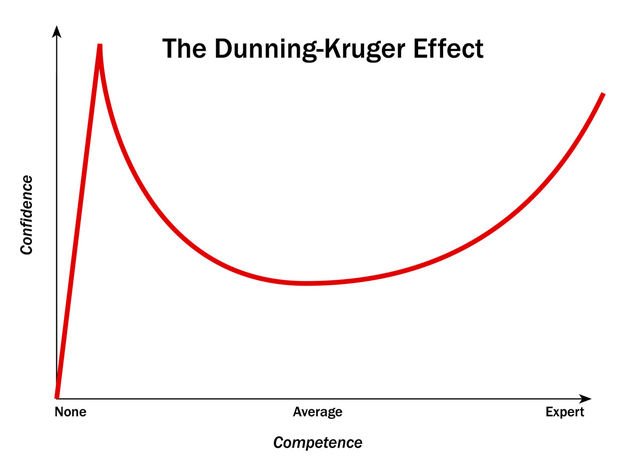Hi guys,
Have been doing a little cursory research on .223 Remingtons and 5.56mm. What I have found so far is that they are basically the same with a few variations where the 5.56 is concerned. My question to anyone with the knowledge is;
Do they make 5.56 mm reloading dies or will 223 Remington will work and not cause any chambering or loading problems?
Thx,
Semper Fi 1970
Have been doing a little cursory research on .223 Remingtons and 5.56mm. What I have found so far is that they are basically the same with a few variations where the 5.56 is concerned. My question to anyone with the knowledge is;
Do they make 5.56 mm reloading dies or will 223 Remington will work and not cause any chambering or loading problems?
Thx,
Semper Fi 1970










